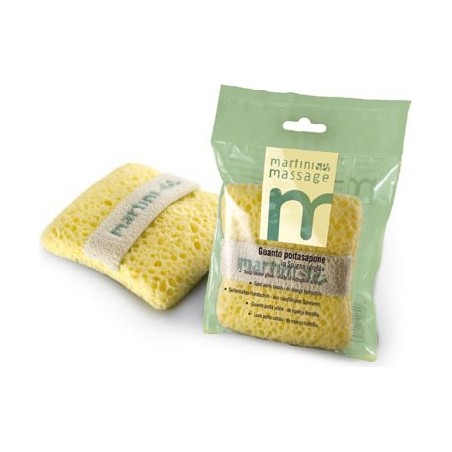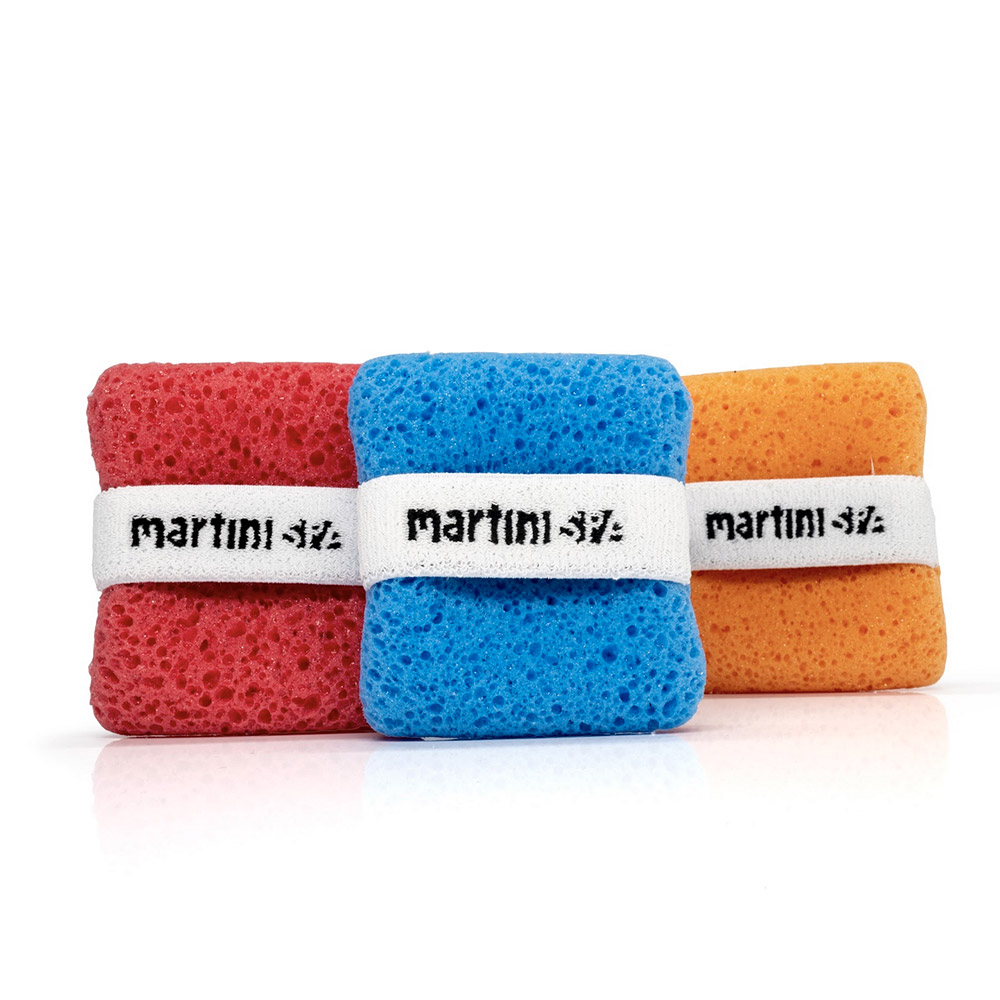
martini SPA - Massage Color - Spugna da bagno color tonic revitalizzante, poliuretano, colori assortiti, forma violino, 14g, 1 unità : Amazon.it: Bellezza

MartiniSPA Massage Color Spugne Quadrate Morbide Formato Famiglia, 37 G, 4 Unità : Amazon.it: Bellezza

Martini Massage Spugna da bagno | Bellezza e cura della persona | Spesa Online a casa: confronta le offerte di spesa a domicilio Esselunga | MiaSpesa.it



















